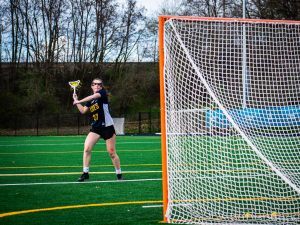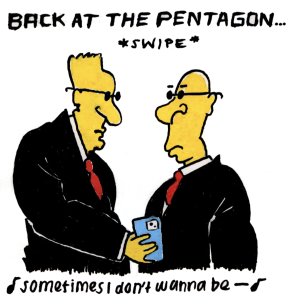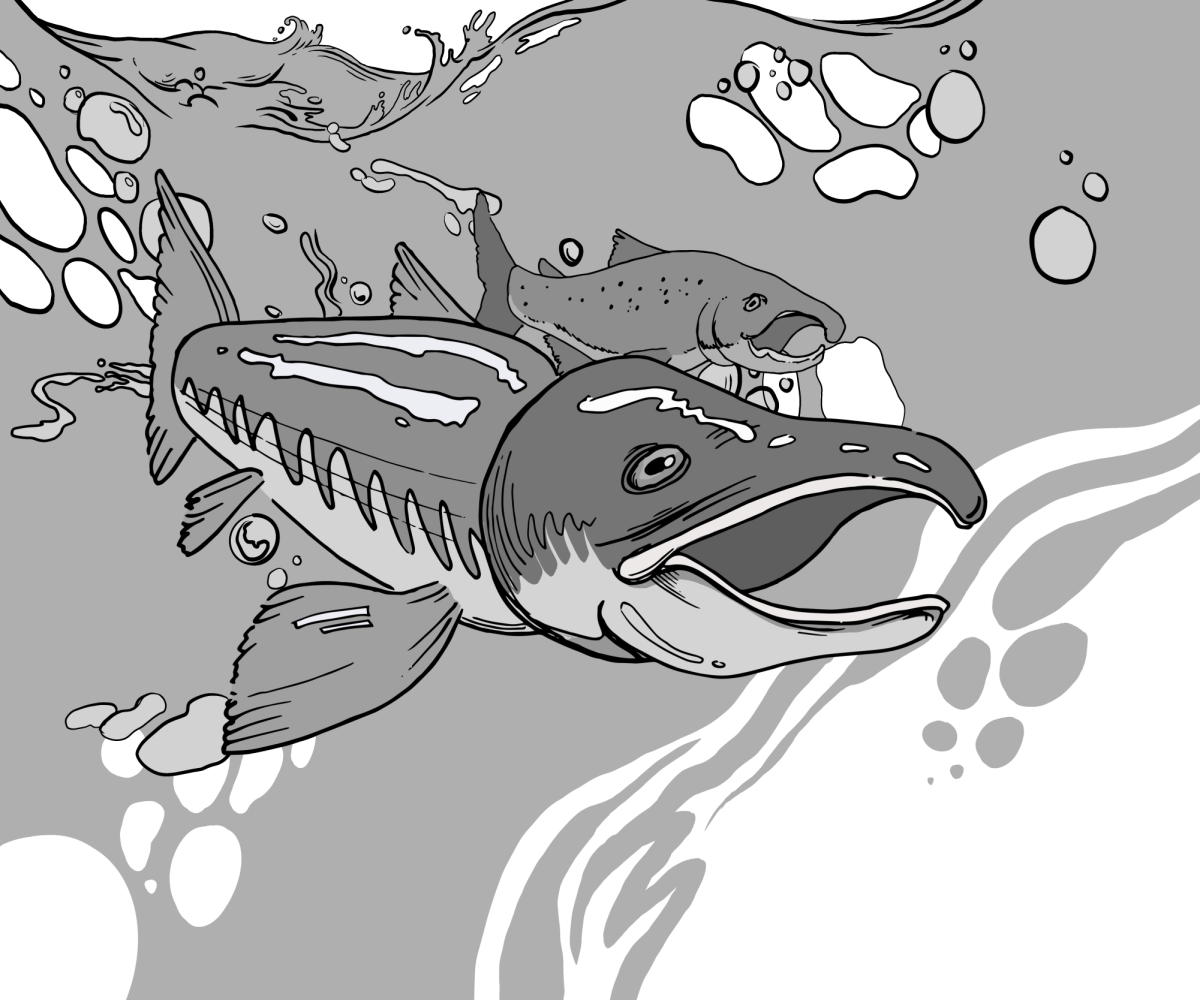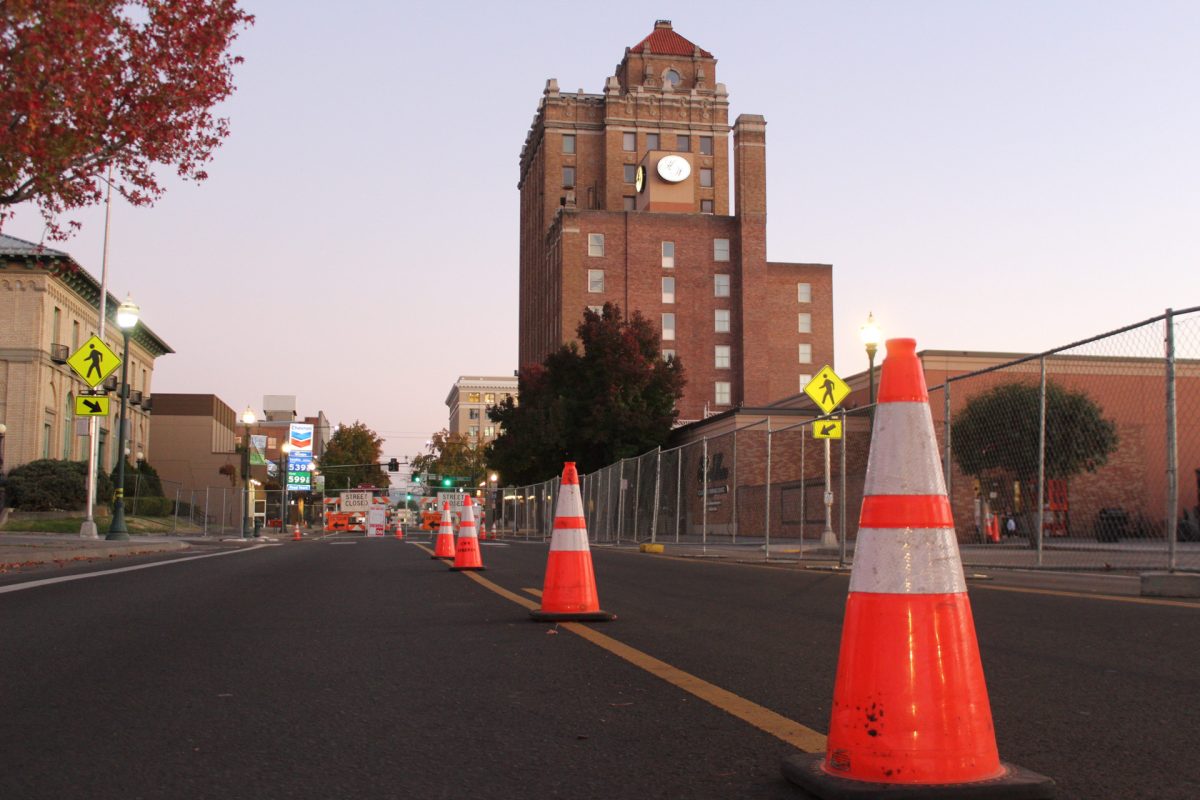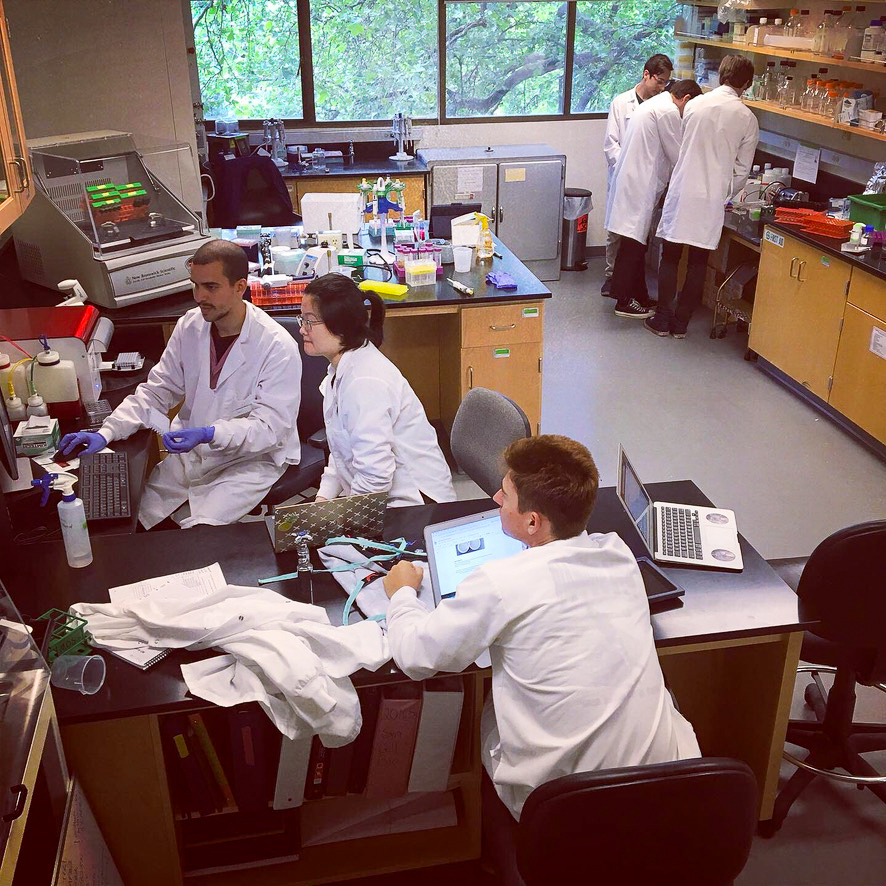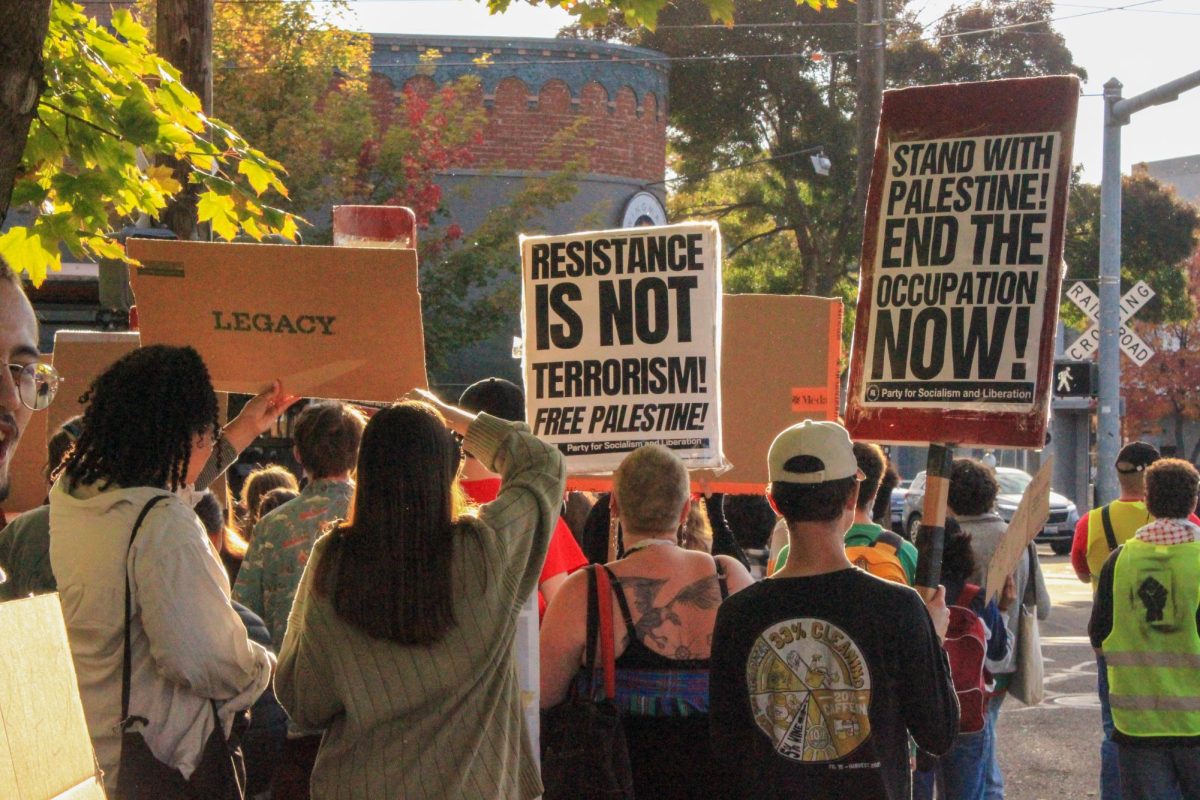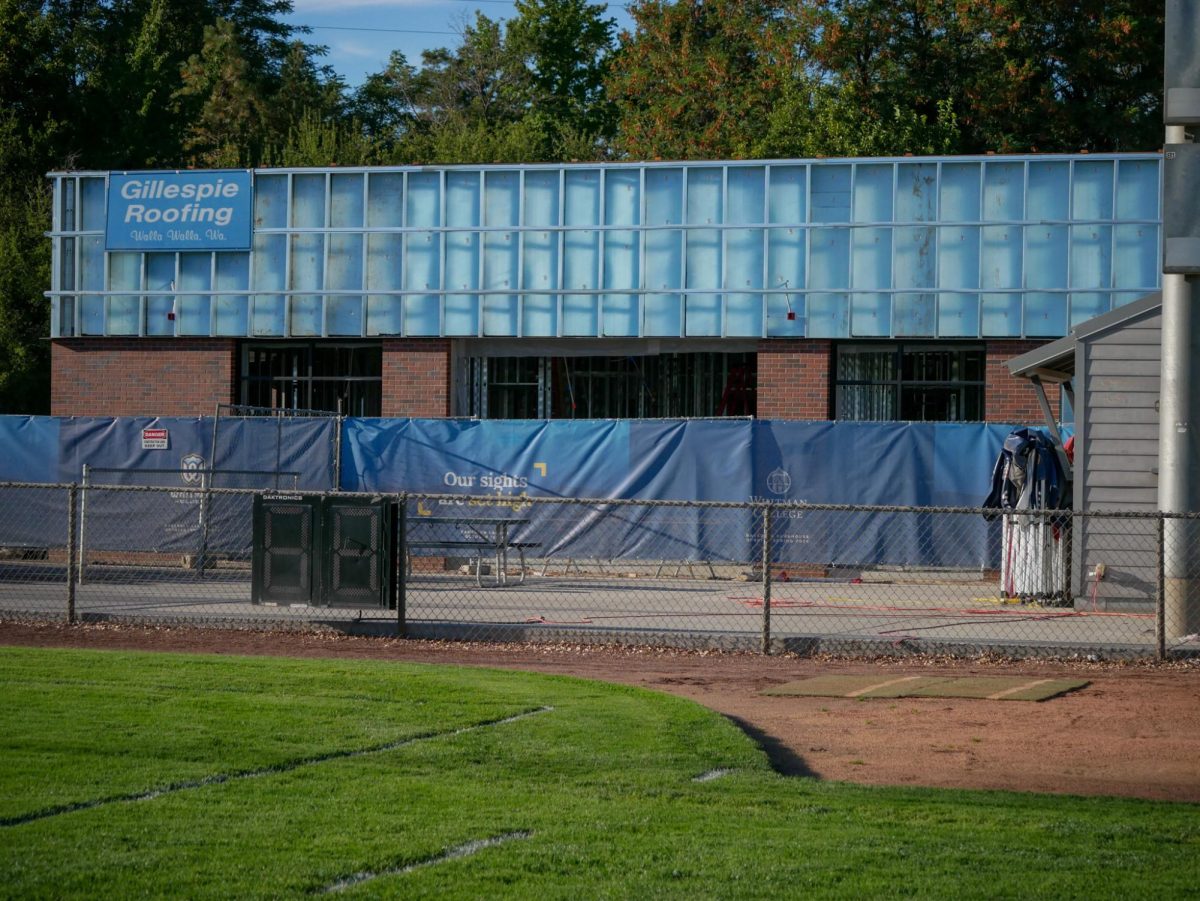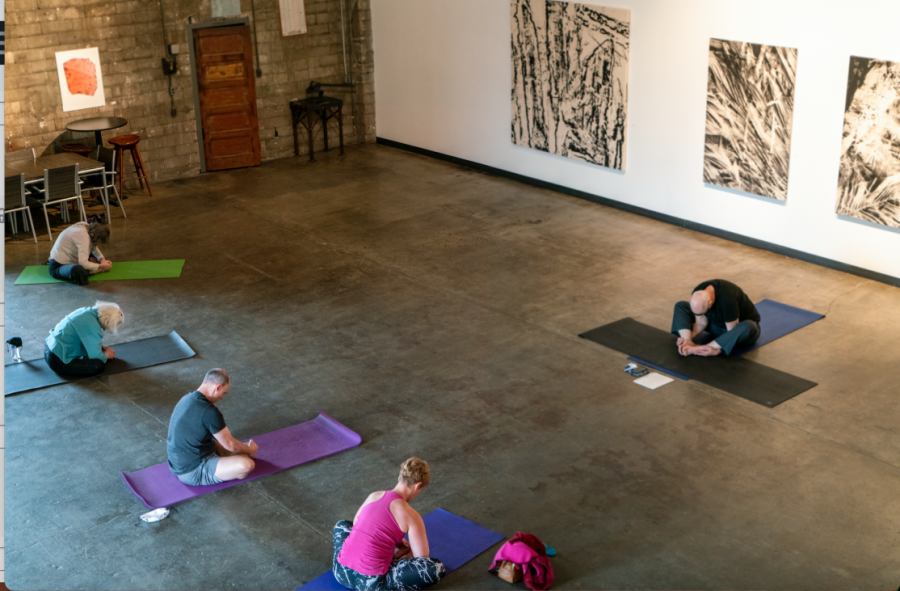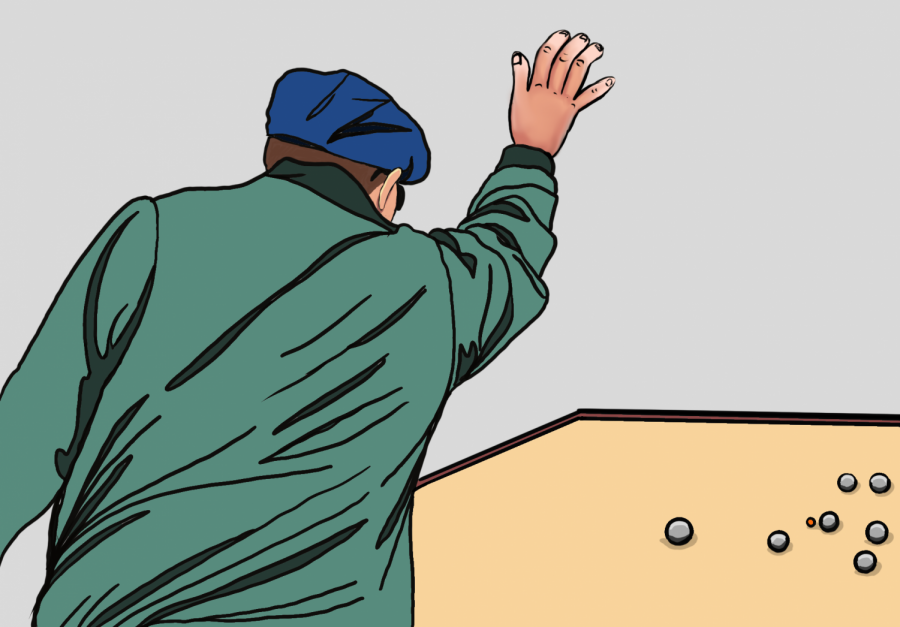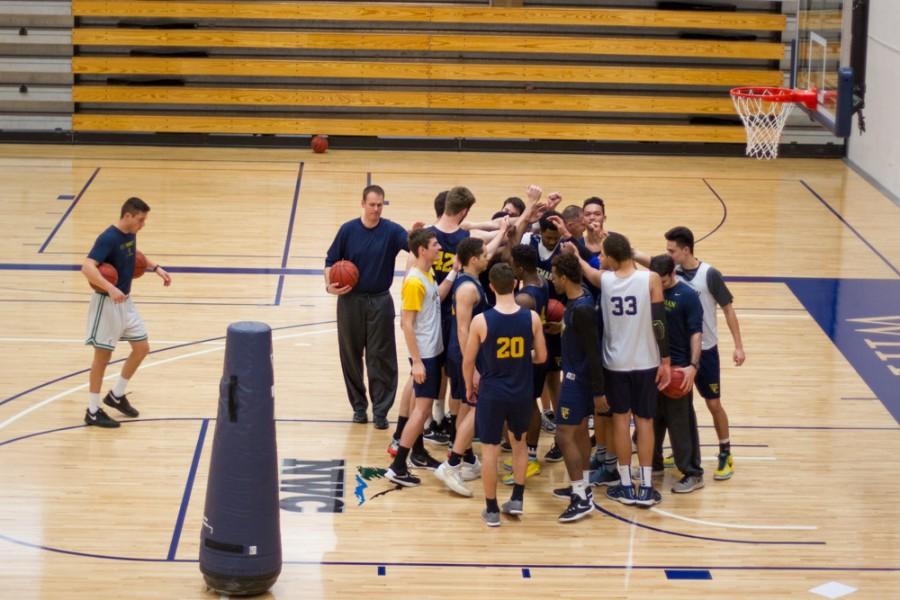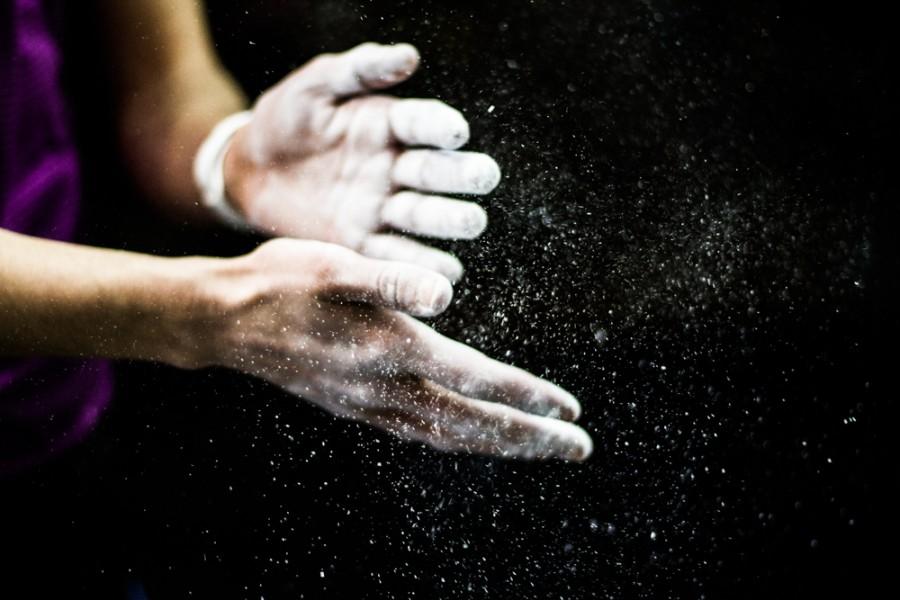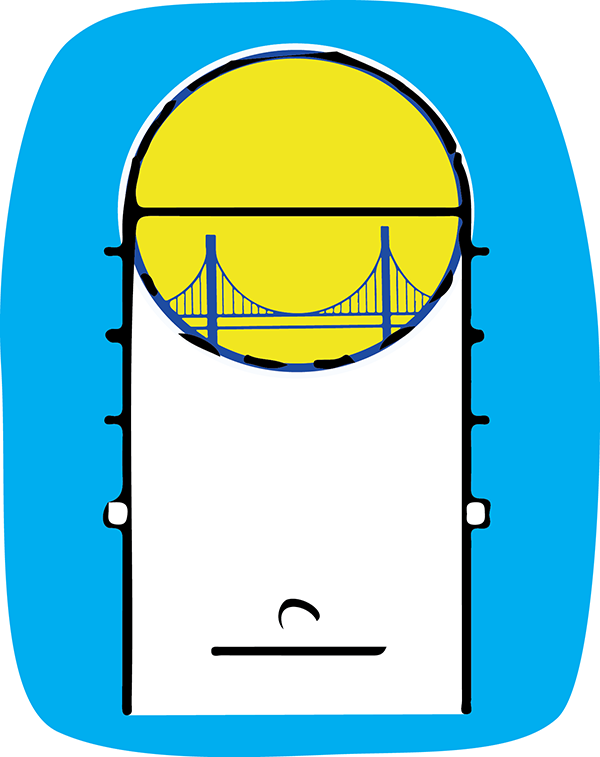In February, Whitman’s Board of Trustees will meet to make a decision on the possibility of expanding the tennis courts in the center of campus. Whether they choose to add the proposed two new courts or go ahead with the planned remodel of the existing is a verdict that will have great repercussions on athletes and non-athletes alike. The expansion of courts would allow for Whitman to host NCAA-sanctioned tournaments as well as provide extra courts to accommodate the tennis program and community.

Whitman College is home to one of the strongest NCAA Division III tennis programs in the nation. Currently, Whitman’s men’s and women’s teams are nationally ranked 12th and 29th, respectively, and annually send players to the ITA National Championships. Very little separates Whitman from regional west coast powerhouses like UC Santa Cruz or Pomona-Pitzer with the exception of the school’s lack of resources. NCAA rules require hosts of sanctioned competitions to have six outdoor courts, but many nationally ranked programs have upwards of 10 courts. Whitman has only four.
“In my opinion six outdoor tennis courts are an absolute must. If we want to compete nationally and host national competitions at home, we need six outdoor courts,” said senior Sam Sadeghi, varsity tennis player and ASWC Finance Chair.
Athletics Director Dean Snider sees the proposed construction as having an equally positive impact on regular season matches.
“While hosting a national competition would be great, the project is just as necessary for efficiently hosting competitions within the conference,” said Snider. Northwest Conference competitions involve six singles matches, which force one-third of the competitors to sit by idly until courts open up later in the day during home matches.
According to Sadeghi, the outdoor tennis facilities hardly suffice to accommodate Whitman’s two teams and the community, let alone a national competition teeming with players and teams from across the country.
With the funding for the renovation of current courts already in line for summer construction, it seemed like a perfect opportunity to expand the courts. Unfortunately, the project faced two clear obstacles: funding and space.
“The donations and funding from the Whitman College life cycle budget have already been set aside with plans of redoing the present courts, but whether we will get the funding for two additional courts has not been determined yet,” said Construction Project Manager Jeff Donahue.
In addition to finding funds to allocate to the courts, the project also hinges upon finding space to accommodate them. Before winter break, Whitman students, staff and community members held a forum to discuss the various possibilities. Among the ideas mentioned were moving the courts to Harper Joy Field, the athletic fields north of campus and an expansion of the current courts. Junior Frisbee player Nathan Sany attended the meeting and was surprised by the lack of conflict.
“I had expected there to be a divide between club and varsity athletes at the forum but found that there was nearly a consensus by the end of the meeting,” said Sany.
Of the three proposals, the students pointed to the prospects of expanding the current site as most advantageous for its availability for spectators and community access.
“While we may not be able to provide as many courts as some programs, [Whitman’s] court’s central location offers a unique tennis experience that is attractive to prospective students,” said Snider.
Sany anticipated more environmental backlash, but was pleased with the consensus to save field space that is utilized by club sports, intramural sports and the Walla Walla community.
“I was surprised that so few people voiced their concern about the environmental impact. I thought it would be a focal point but it was not. I admit that I am indifferent about the trees next to the flagpoles if it means that the courts don’t encroach upon the precious field space we have out at the practice fields,” said Sany.
“Field space is a resource that is both limited and valuable,” added Donahue, echoing the consensus of the forum.
Although the current site has had the most positive feedback, expansion still raises several issues including the removal of trees in the area between the current site and Lakum Duckum and the potentially dominating presence of six tennis courts in an otherwise academic area of campus. The decision to expand still rests upon the allocation of funds and approval by the Board of Trustees in the coming month, but the decision comes down to more than just the ability to host tournaments.

If the Board of Trustees were to approve the construction of six courts, the construction would begin when the ground is broken for the reconstruction of the current courts. This process is set to take place as soon as July of 2013 with sights set on a finished project by the return of Whitman students in the fall. At present, the project involves tearing up the current courts, grinding up the material and recycling it as a base to top off with new asphalt. The project will also involve the installation of a drainage system with hopes of creating a more sustainable surface for Walla Walla’s winters. Adding two courts would involve clearing out space between the old site and Lakum Duckum, leveling it and building courts from scratch, which appears superfluous to some students.
“We already have a tennis center and four outdoor courts, neither of which is being utilized most hours of the day. Why spend money on a project benefiting 30 student athletes at the expense of trees and lawn space? There must be a better use of money, like green projects that would affect the entire campus and community positively,” said Will Weckel-Dahman, a sophomore rugby player.
Other students, like senior and varsity baseball player Chris Andrews, see the proposal as an opportunity for positive change for campus culture.
“As a student athlete I’m inspired whenever the school makes moves to support its sports teams. If the tennis team benefits from extra courts and the funds are available, then I see no reason not to be excited about this improvement to our campus,” said Andrews.
Whether or not there will be two entirely new courts come September depends upon the school’s determination of its identity as an academic institution trying to remain competitive in varsity sports that only directly benefit a small portion of the student body.
“Nothing is set in stone, but this is going to be an exciting project to follow in the coming month,” said Donahue.





